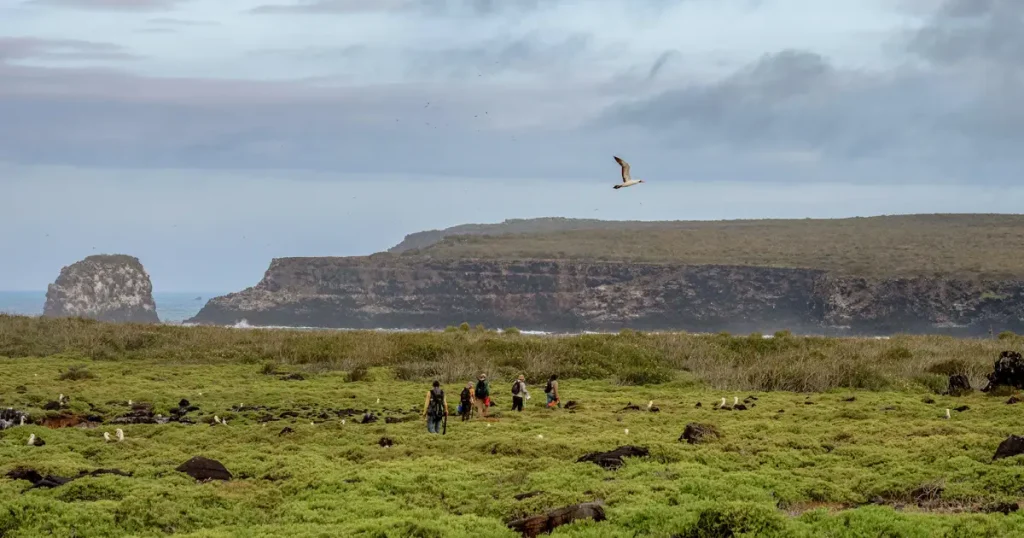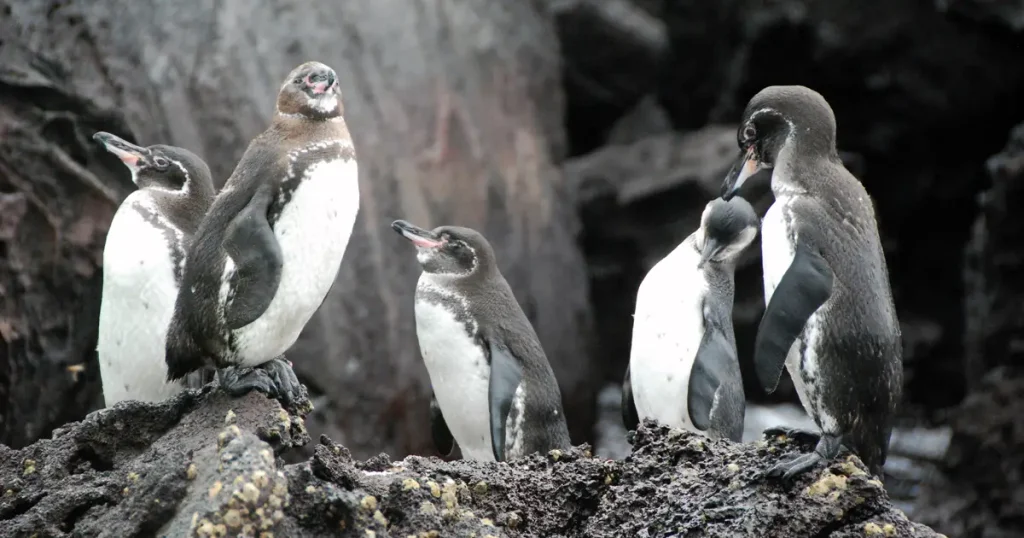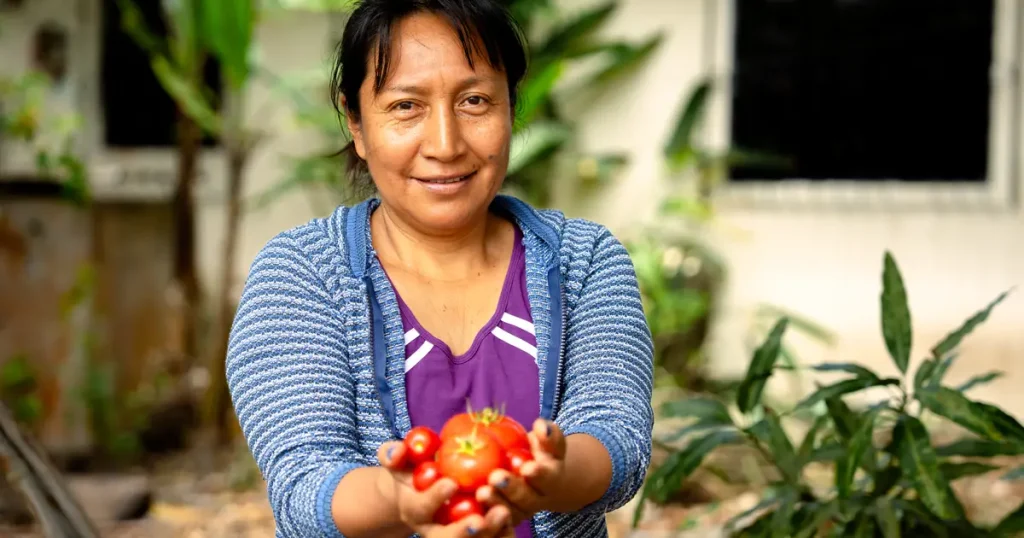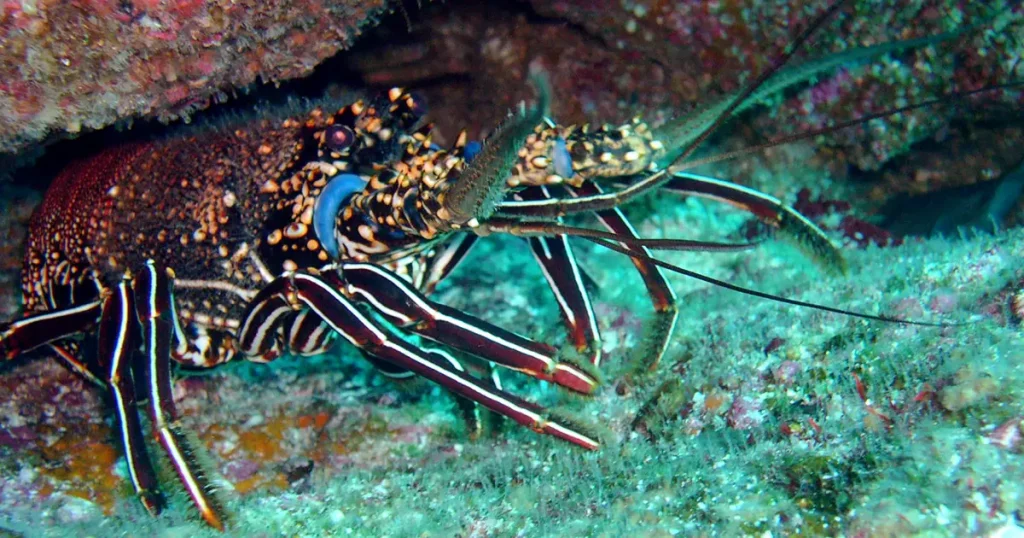When a Tortoise Leads the Way, Life Follows
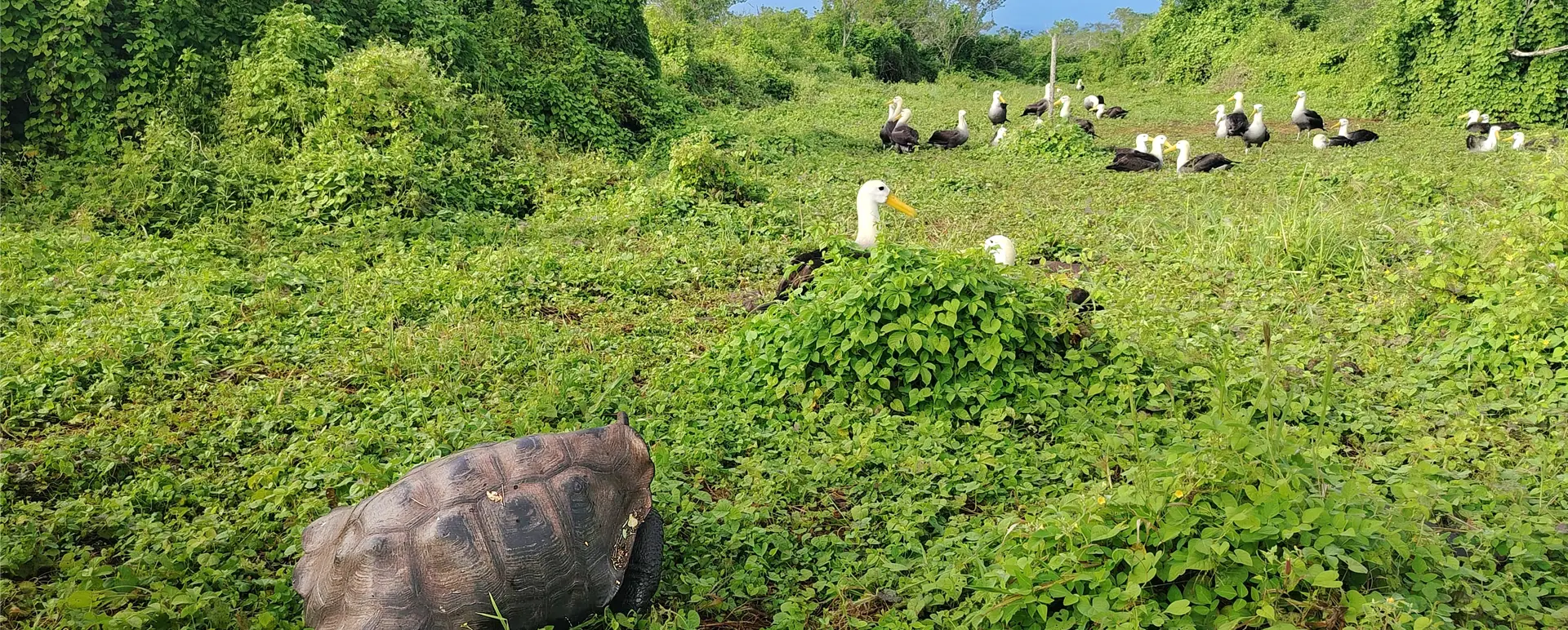
On Española, one of the most remote and emblematic islands in the Galápagos, more than 2,300 giant tortoises are once again walking across ground they had once lost. With every step, they are rewriting the story of an ecosystem that came close to collapse. Their presence benefits birds like the Galápagos albatross, other reptiles, and endemic plants, showing how the return of a single species can trigger a chain reaction of ecological recovery of an entire ecosystem. This article explores how one iconic species is clearing the way for many others to thrive.
For decades, Española was an ecosystem shaped by what was missing. The island’s giant tortoises (Chelonoidis hoodensis), which once shaped its landscape with every step, had nearly disappeared. Their population had been decimated by intensive hunting in the 18th and 19th centuries, and their ecological role was disrupted by invasive species like feral goats, which destroyed the plant community – tortoises’ source of food, water and shade. With the tortoises went more than just a species: the very dynamics that sustained life on the island were thrown off balance.
Then in the 1970’s the goats were removed. With no tortoises or goats, woody vegetation grew unchecked. Open spaces vanished. Natural pathways were lost. What may have seemed like a change in plant cover was, in fact, an ecological crisis. Because in the Galápagos, no species exists in isolation. When one falls, others begin to falter.
Thanks to a decades-long effort led by the Galápagos National Park Directorate with support in the last two decades from Galápagos Conservancy, Española Island is now witnessing an exemplary restoration. More than 2,300 tortoises have been reintroduced to the island through captive breeding and a carefully managed repatriation plan. With every slow, powerful step—as they move and feed—the tortoises open corridors through dense vegetation, control overgrowth, and disperse seeds. Their very presence is reactivating the ecological processes that allow life to return to the island.
Where a Tortoise Steps, Others Find Refuge
What tortoises do naturally—walking and foraging—has become a force for restoration. Their movement reshapes the landscape. Their diet manages plant overgrowth. And their quiet, steady presence is helping rebalance the island’s ecological dynamics.
This shift has especially benefited the waved albatross (Phoebastria irrorata), a species that depends on open terrain to land, nest, and take flight. For years, dense thickets limited access to nesting sites, putting their reproductive cycle at risk. Now, thanks to the clearings created by tortoises, the albatross is reclaiming the space it needs to survive.
Open spaces also benefit Española’s lava lizard (Microlophus delanonis), which now finds better conditions for hunting and thermoregulation. Even endemic plant species such as Opuntia megasperma var. orientalis, are beginning to regenerate, supported by the seed dispersal carried out by tortoises.
Restoring one species has reactivated an entire ecological network.

The Science That Sees the Connections
None of this is accidental. Every step in this process has been carefully planned and is being monitored by scientists from Galápagos Conservancy and rangers from the Galápagos National Park Directorate. Each expedition maps the distribution of tortoises, tracks changes in vegetation, and documents the return of other species. Science is confirming what nature is already showing us: restoration works when it is guided with patience and commitment.

“As we bring back a species like the tortoise, we’re not just aiding its recovery. We’re opening doors for many other forms of life that depend on the landscape it shapes,” says Dr. Jorge Carrión, Director of Conservation at Galápagos Conservancy.
Dr. James Gibbs, Vice President of Science and Conservation at Galápagos Conservancy, has dedicated more than four decades to studying giant tortoises and albatrosses in the Galápagos. He explains that “watching how tortoises are helping to reopen nesting areas for albatrosses is one of the clearest demonstrations of how restoration works in practice. It is ecology in motion.”
A Future That Needs Our Hands

Despite the progress, Española’s ecological recovery remains fragile. What took decades to regain could be lost in a few years without constant monitoring, active presence, and sustained commitment. The island collapsed once before when it lost its tortoises. If it were to happen again, the consequences would be just more severe.
Because restoration is slow, but loss is fast. In conservation, setbacks always arrive before victories.
Today, Española is more than a site of recovery. It is proof that one species can spark the rebirth of many. It reminds us that conservation is not a symbolic act, but an urgent responsibility.

Because when a tortoise leads the way, life follows.
Not just as a survivor, but as a true ecosystem engineer—shaping the landscape, creating opportunities for other species, and guiding the path to a more resilient future for the entire island.
Share:
